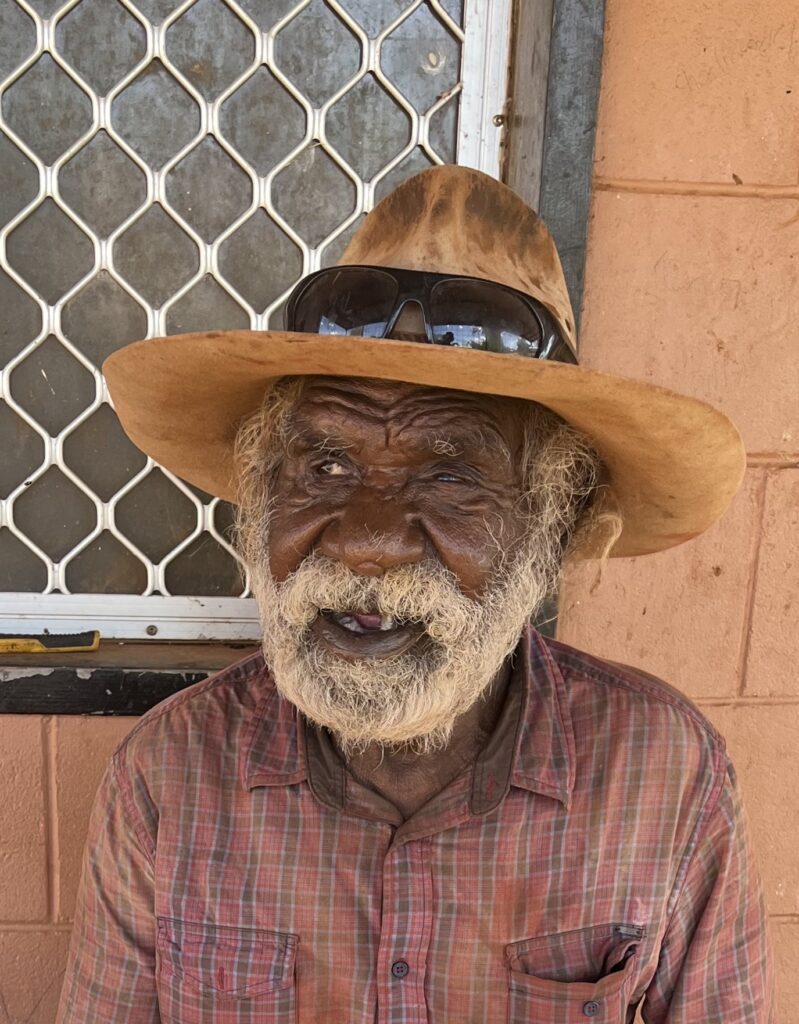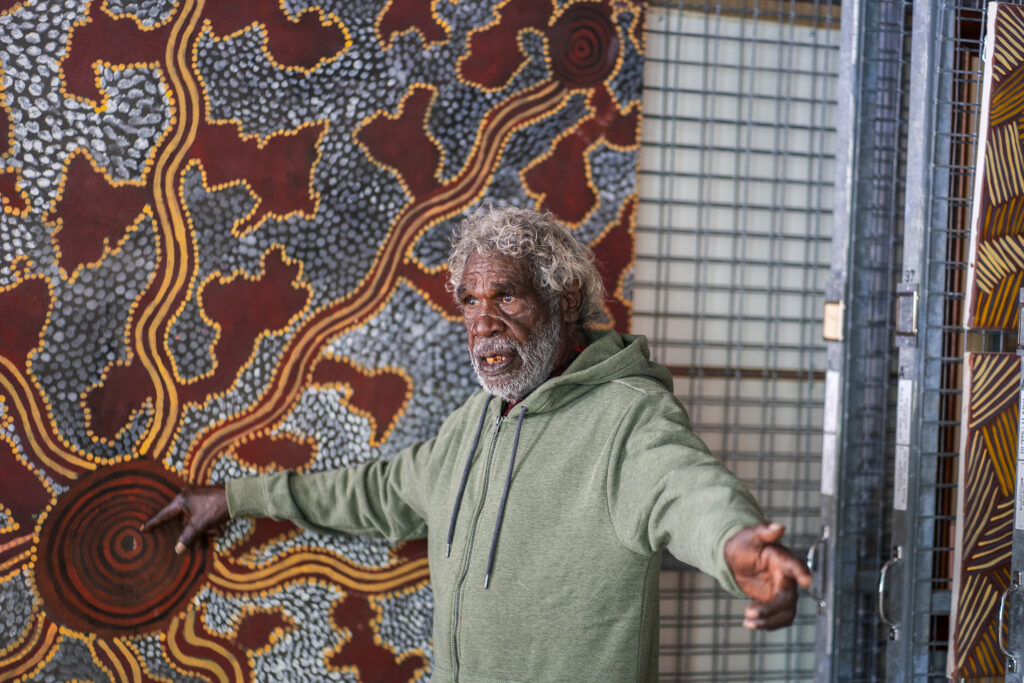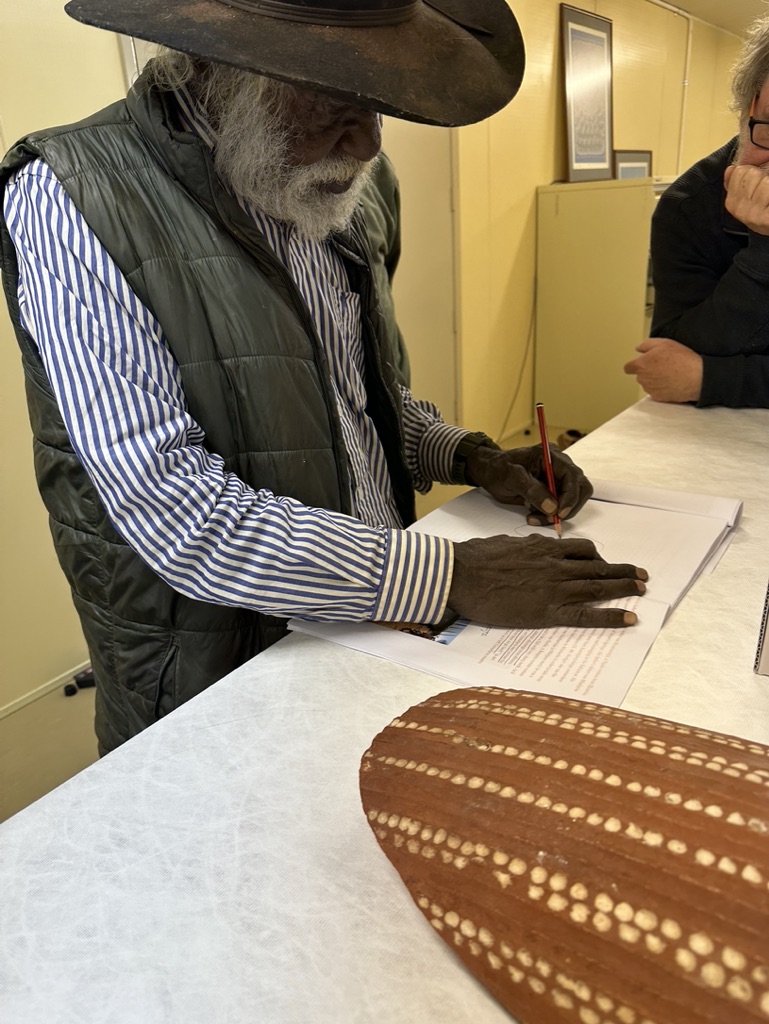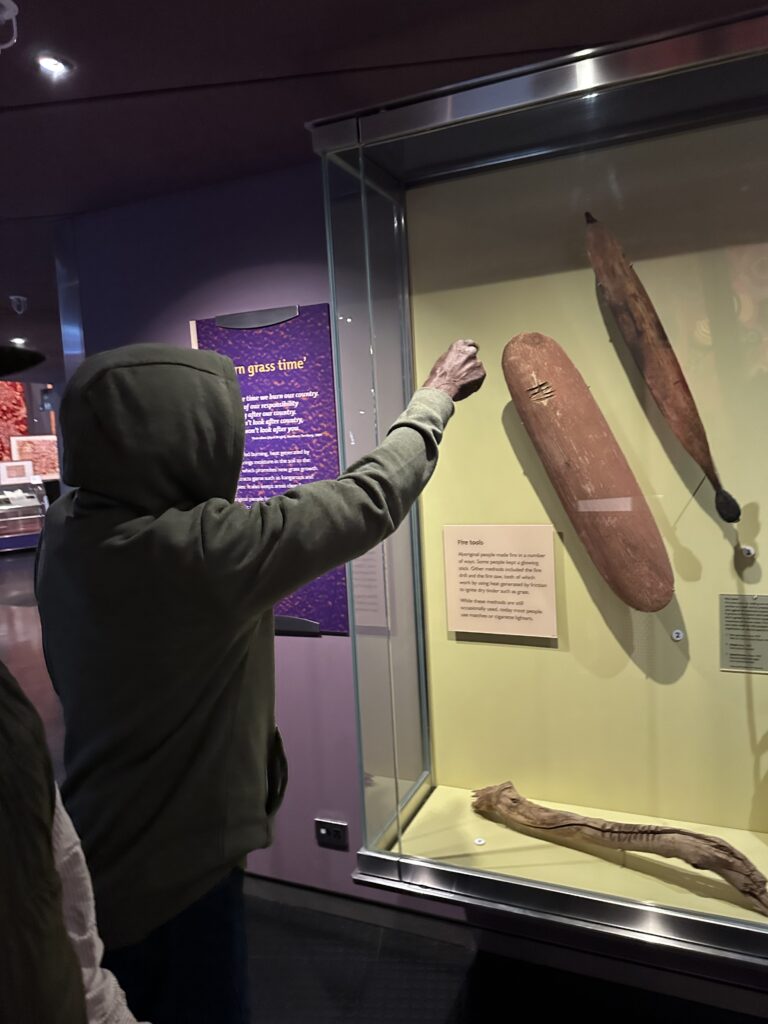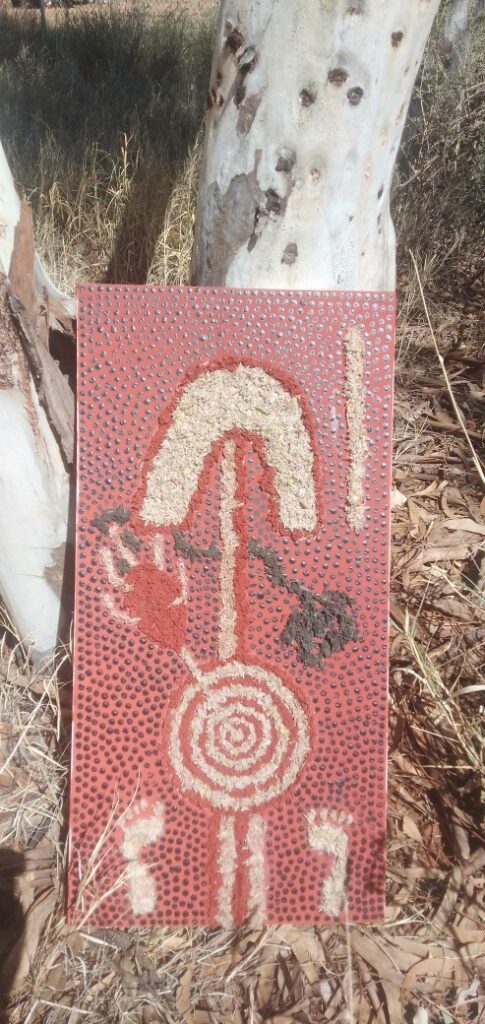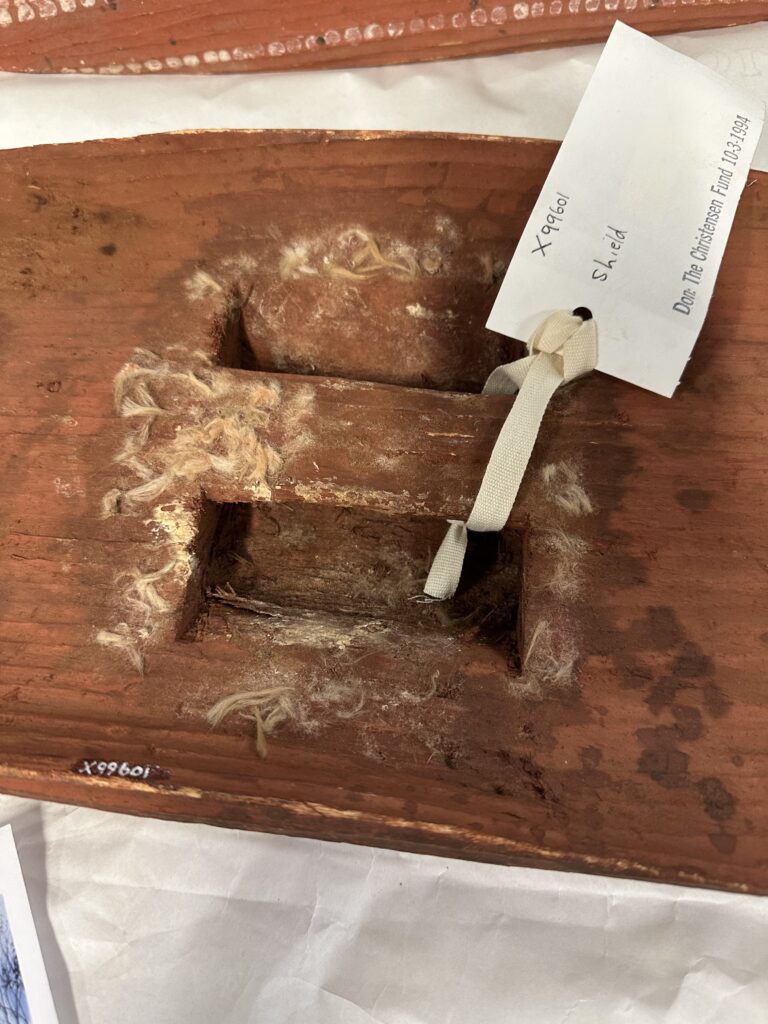Tywerreng apalenthwem museums-arlang
Searching in Museums
Inspired by the return of museum collections and information over the past 15 years the men now chose to make further recordings for future generations. Using museums as places where they and future generations can do research on Anmatyerr cultural practice, the men are looking to have Anmatyerr models of care and custodianship for these collections properly recognised. The project has also negotiated copies of important recordings and fieldnotes to be returned to elders.
So far, the men have explored the collections at the National Museum of Australia (ACT), the Melbourne Museum (Victoria), the South Australian Museum (Adelaide), the Australian Institute of Aboriginal and Torres Strait Islander Studies, and the Strehlow Research Centre (Northern Territory).
We’ve come full circle now. We’ve seen all those old films and objects, but there’s still more. We have more to show. We’ve got to record everything and fill the gaps, alakenh [that’s the way to do it].
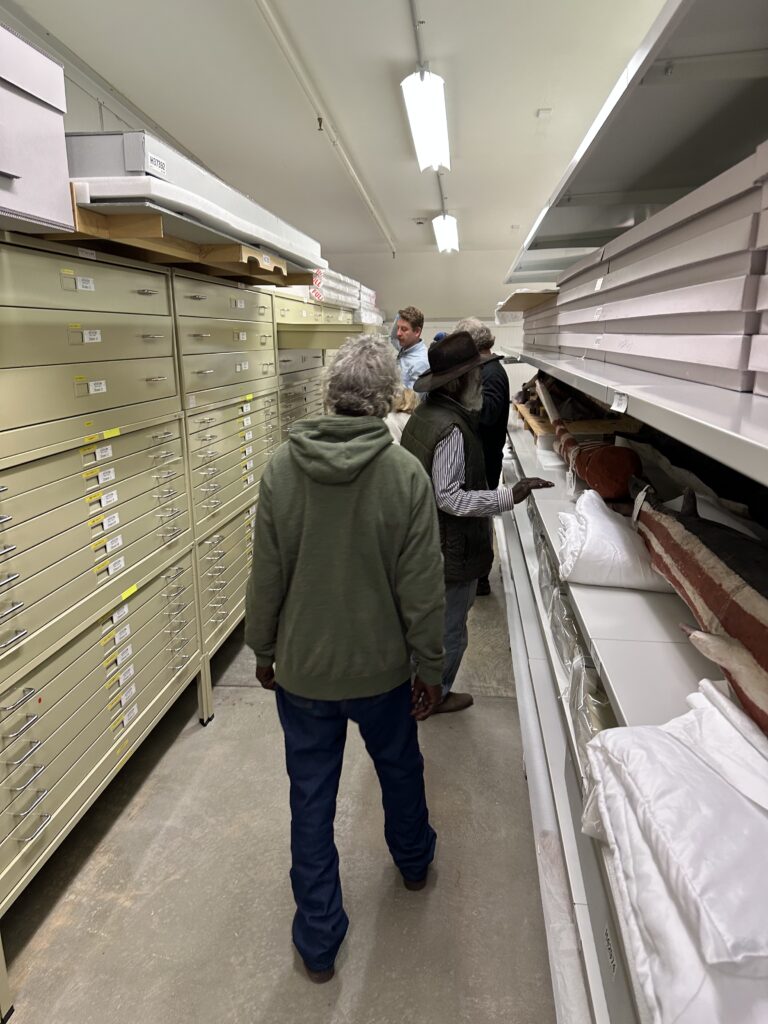
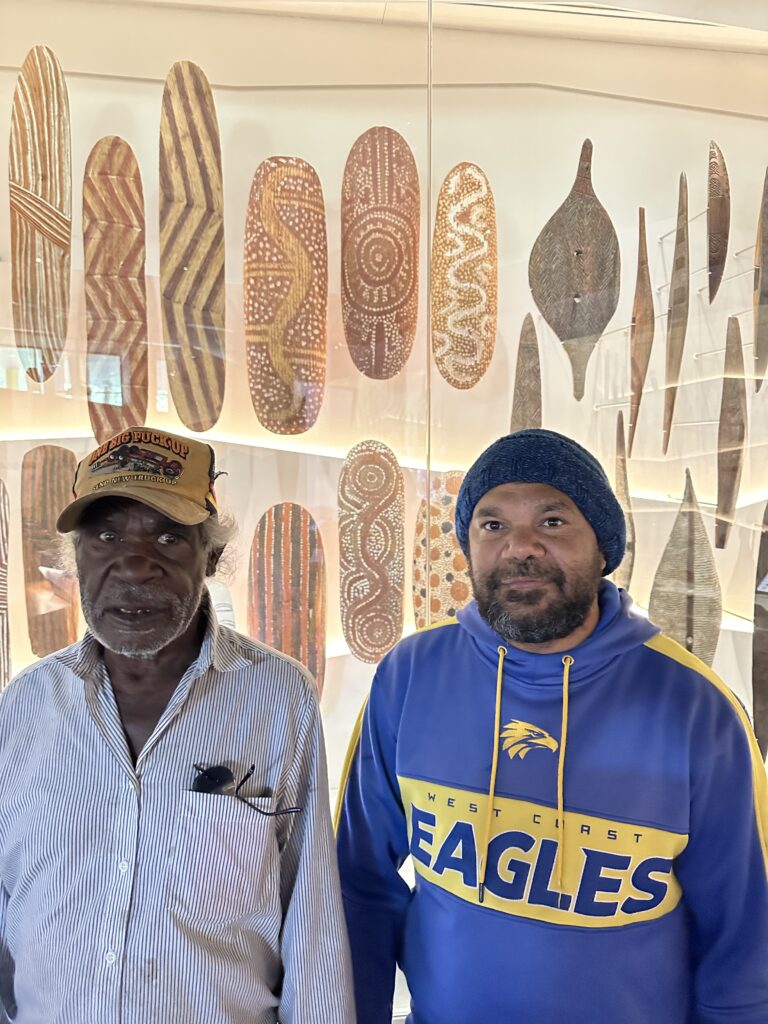
Museums across the world hold objects, recordings, and archives of Anmatyerr cultural heritage. Part of this project has involved visiting museums to reconnect with these collections.
Ya nhenh nwern tywerreng rrkaty nwern aretyalpem but ngkweyiny map rrernng-part mapin. No change irrekarl ity.
We see the same designs that belong to our ancestors who have passed away. It hasn’t changed.
– Michael Pengart Tommy
Kapertel lkwety kwenh, yang remel alpem “aw rraty rrkaty nhenh ngkweyiny-l”
They memorise it, when they go back, they know “these are the designs of our old people”
– Peter Peltharr Cole
